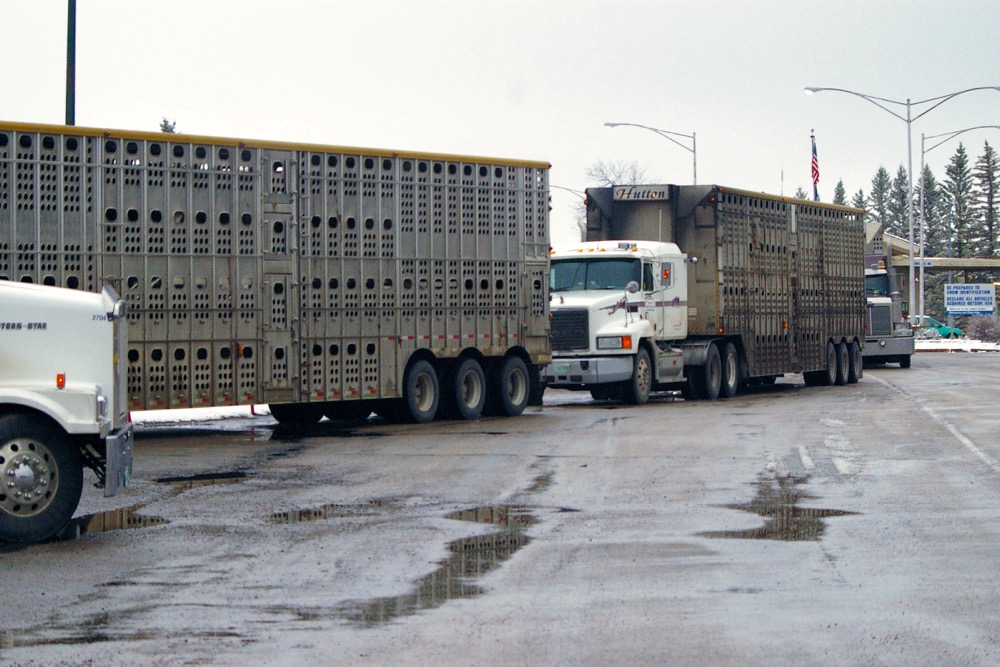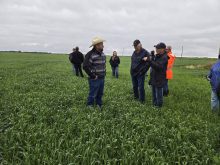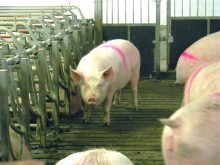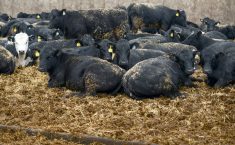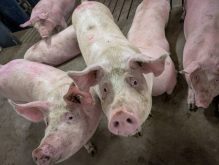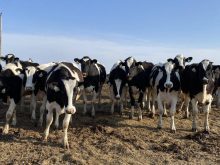The United States has removed its country-of-origin labelling program but has found another way to delay shipments of Canadian meat, says Jim Laws, president of the Canadian Meat Council.
Agriculture Minister Lawrence MacAulay needs to intervene in the dispute, which puts Canadian exporters at a great cost disadvantage compared to U.S. companies shipping meat to Canada, he told the Senate agriculture committee.
The two countries agreed four years ago on pre-clearance of meat shipments, but the program has been “hijacked by U.S. protectionist lobbyists” creating delays for Canadian shipments, he said.
Read Also
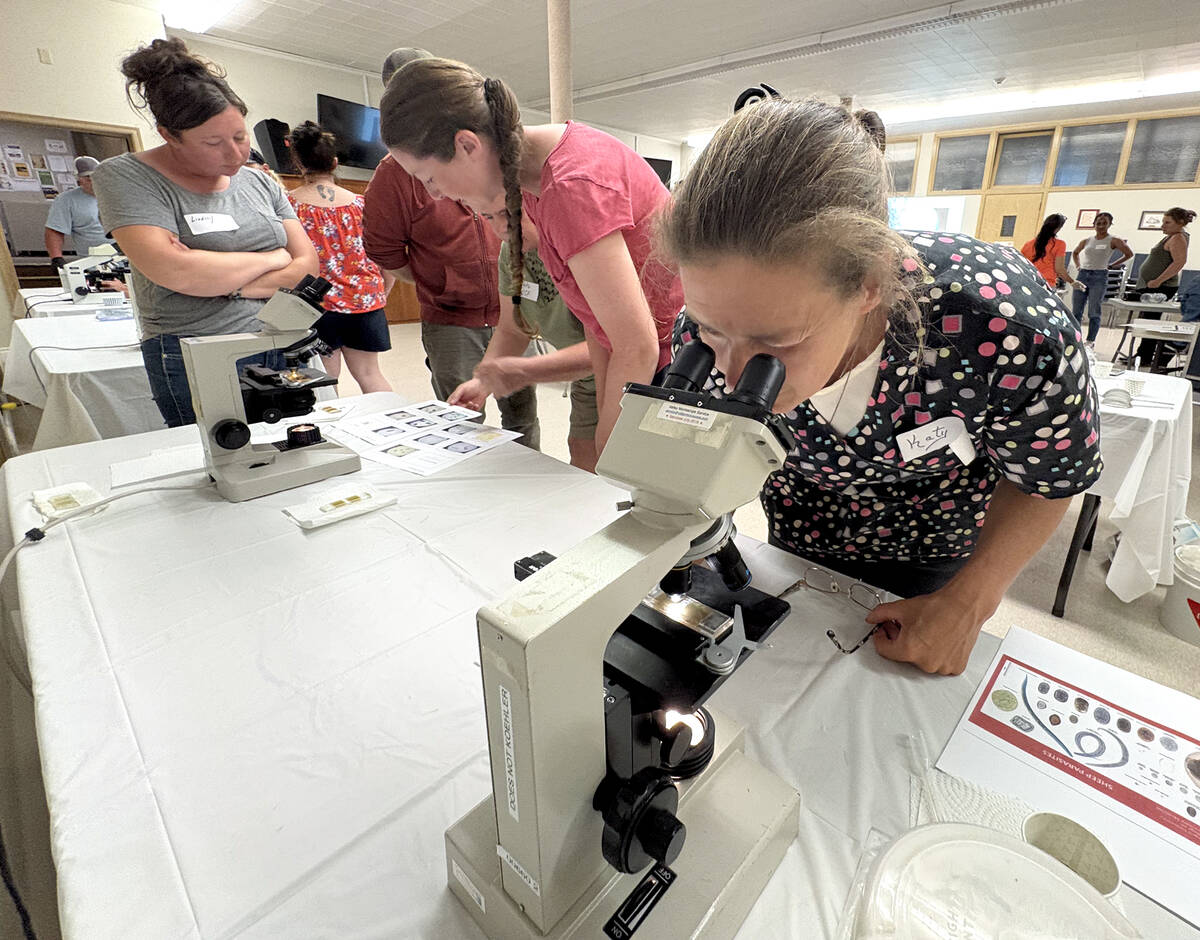
Smart deworming for sheep starts with individual fecal egg counts
Fecal egg count tests are one step to managing dewormer resistance and managing sheep parasites on Canadian sheep farms to maintain flock health.
The 77 truckloads of Canadian meat entering the U.S. on average every day are screened by border officials, and then must report to “one of only 10 U.S. Department of Agriculture inspection centres along the Canada‑U.S. border prior to proceeding to their final destination. This takes a lot of extra time, costs more in extra fees imposed by these USDA inspection houses, causes Canadian product to be unnecessarily held up at the U.S. border and frustrates our U.S. customers when product cannot be delivered on time.
“Canada does not treat imported U.S. meat in the same fashion,” he noted. The 50 trucks entering Canada every day on average are screened at the border and one in 10 is selected for further inspection at “one of the 125 Canadian Food Inspection Agency‑registered establishments inland approved to do this.”
The previous government didn’t take up the issue, he said. MacAulay and Trade Minister Chrsytia Freeland need “to take a leadership role in fixing the various technical barriers and regulatory differences that undermine a level playing field in meat trade with the U.S. It’s time for our countries to adopt the same rules and regulations, just as Australia and New Zealand have done when it comes to meat.”
The industry hasn’t put a cost to the border delays. Before the COOL program was terminated by Congress in December, it was costing Canadian beef or pork producers about $3 billion annually in lost sales and lower prices.
Laws says the U.S. is the industry’s most important market with $1.49 billion of pork and $1.57 billion of beef exported to the United States from Canada in 2015. “We were very excited four years ago when Canada and the United States announced the joint Regulatory Co-operation Council and the Beyond the Border initiative to better align our regulatory systems and boost North American trade and competitiveness.” From that flowed the pre-clearance program.
Canada designated many federally inspected meat-packing plants as inspection points, he said. “We believe the Americans should do exactly the same thing that we do.” So far the suggestion has fallen on deaf ears in the U.S. “They should be focusing on a lot more important areas other than reinspecting meat in a box in a truck. It makes no sense.”
The industry asked the Global Affairs Department to use NAFTA to “point out that they are imposing these extra restraints on us that they shouldn’t be. We have yet to get a full answer from the department on that.”





